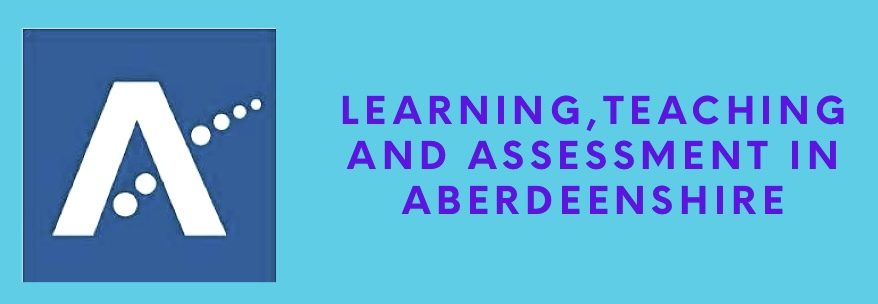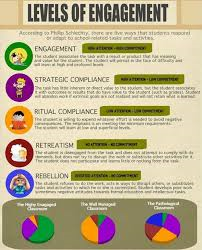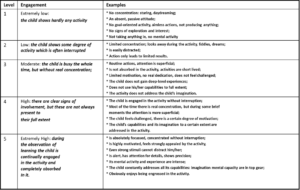In relation to data analysis and self-evaluation, schools may aim to further investigate and develop a measure of pupil engagement. Education Scotland have highlighted engagement as a key area of focus within self-evaluation of effective learning, teaching and assessment. One tool that schools may wish to consider using to measure pupil engagement is Schlechty’s 5 Levels of Engagement.
Leuven’s Wellbeing and Involvement Scale.
Another tool schools may wish to consider using is Leuven’s Wellbeing and Involvement Scale.
This tool has been developed by a team based at the Research Centre for Experiential Education (Leuven University – Belgium) under the supervision of Dr. Ferre Laevers. The tool focuses on two central indicators when planning any educational setting: ‘Wellbeing’ and ‘Involvement’. Wellbeing refers to feeling at ease, being spontaneous and free of emotional tensions and is crucial to secure ‘mental health’. Wellbeing is linked to self-confidence, a good degree of self-esteem and resilience. Involvement refers to being intensely engaged in activities and is considered to be a necessary condition for deep level learning and development.
Assessment of Wellbeing and Involvement
Laevers has created a 5 point scale to measure both wellbeing and involvement. If there is a lack of wellbeing and or involvement, it is likely a child’s development will be threatened. The higher the levels of wellbeing and involvement we can achieve for the child, the more we can add to the child’s development. When there are high levels of wellbeing and involvement, we know that deep level learning is taking place.
The evaluation starts with assessing the levels of wellbeing and involvement using the tables.
The procedure is simple and can be compared to ‘scanning’: observe the children for about two minutes to ascertain the general levels of wellbeing and involvement using the five-point scale. The observation can focus on groups of children or can be used to focus on a particular individual. Unless a child is operating at 4 or 5, learning will be limited. However, children cannot peak at levels 4 or 5 all the time and levels will fluctuate throughout the day.
Leuven Scale of Wellbeing
- Extremely Low – The child clearly shows signs of discomfort such as crying or screaming. They may look dejected, sad, frightened or angry. The child does not respond to the environment, avoids contact and is withdrawn.
- Low – The posture, facial expression and actions indicate that the child does not feel at ease. However, the signals are less explicit than under level 1 or the sense of discomfort is not expressed the whole time.
- Moderate – The child has a neutral posture. Facial expression and posture show little or no emotion. There are no signs indicating sadness or pleasure, comfort or discomfort.
- High – The child shows obvious signs of satisfaction (as listed under level 5). However, these signals are not constantly present with the same intensity.
- Extremely High – The child looks happy and cheerful, smiles, cries out with pleasure. They may be lively and full of energy. Actions can be spontaneous and expressive. The child may talk to him/herself, play with sounds, hum, sing. The child appears relaxed and does not show any signs of stress or tension. He / she is open and accessible to the environment. The child expresses self-confidence and self-assurance.
Leuven Scale of Involvement
Level Involvement Signals:
- Extremely Low – Activity is simple, repetitive and passive. The child seems absent and displays no energy. They may stare into space or look around to see what others are doing.
- Low – Frequently interrupted activity. The child will be engaged in the activity for some of the time they are observed, but there will be moments of non-activity when they will stare into space, or be distracted by what is going on around.
- Moderate – Mainly continuous activity. The child is busy with the activity but at a fairly routine level and there are few signs of real involvement. They make some progress with what they are doing but don’t show much energy and concentration and can be easily distracted.
- High – Continuous activity with intense moments. The child’s activity has intense moments and at all times they seem involved. They are not easily distracted.
- Extremely High – The child shows continuous and intense activity revealing the greatest involvement. They are concentrated, creative, energetic and persistent throughout nearly all the observed period
If you click the picture below you will see how it might be used in a able format within a class/school.




